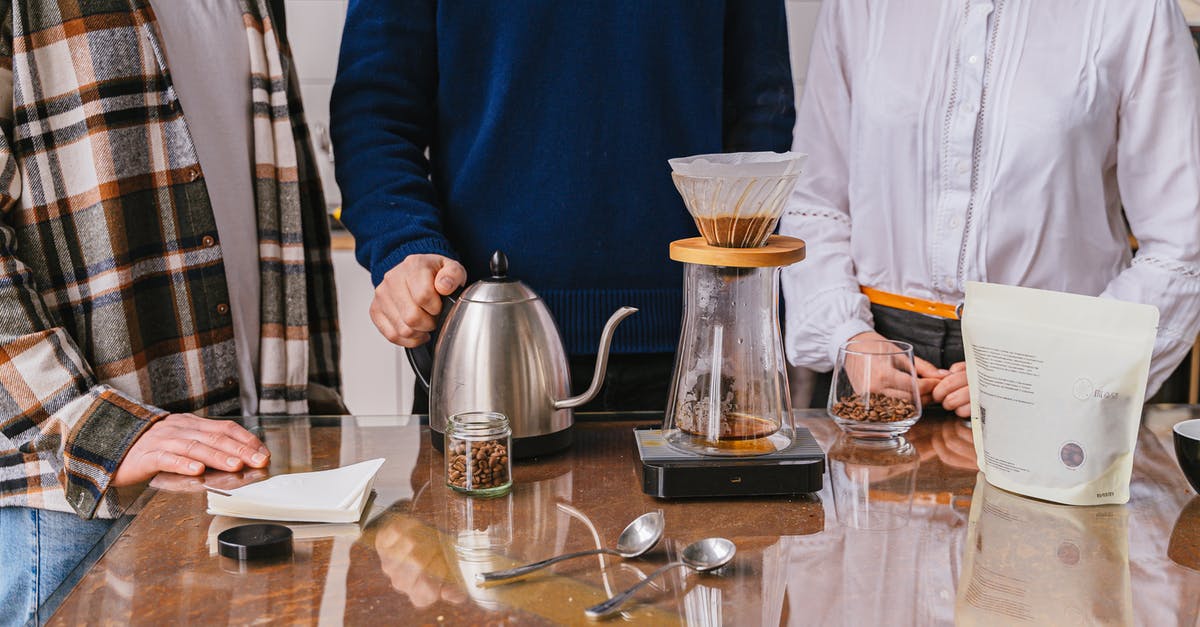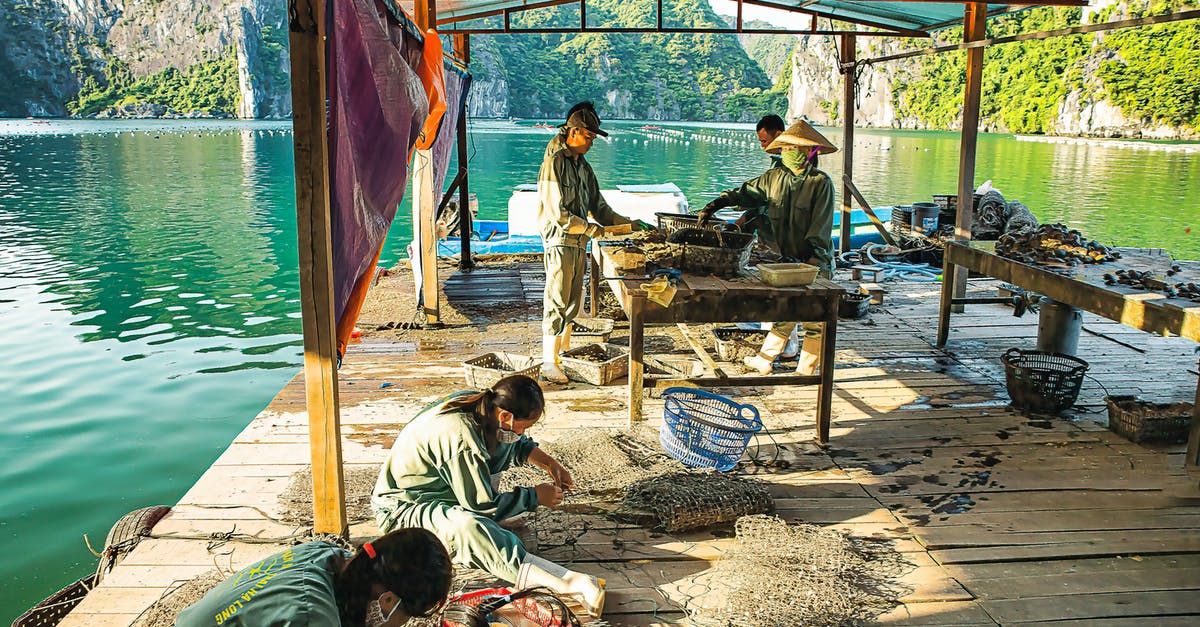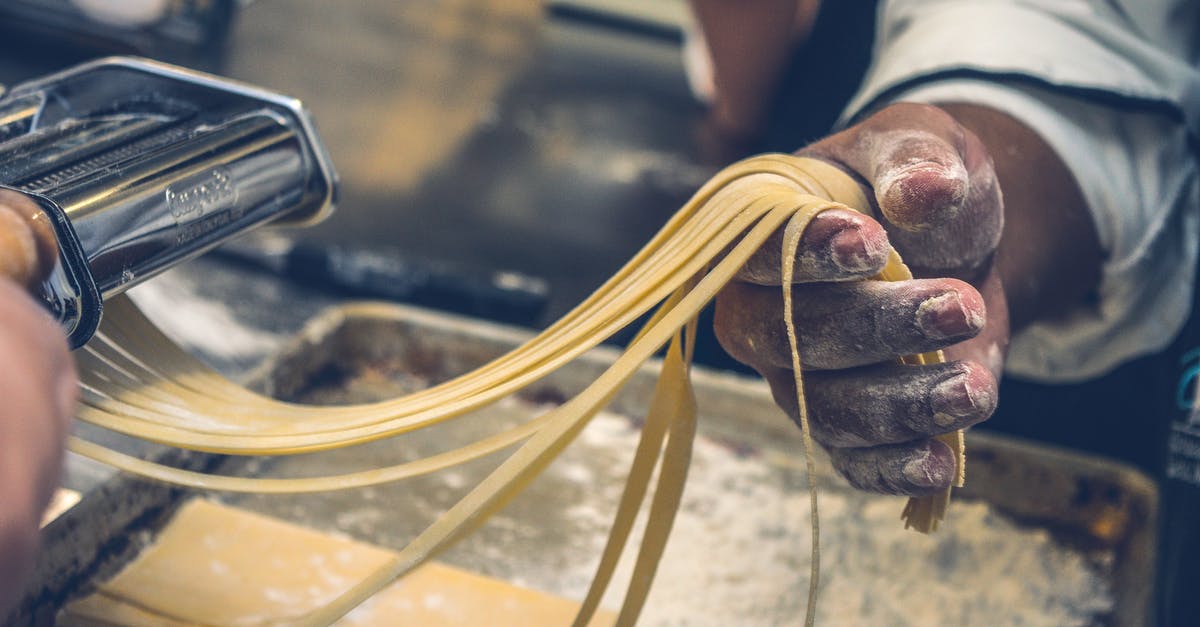Making apfelschorle

Apfelschorle is a German (or Austrian?) drink which is made with approximately a 1:1 ratio of apple juice and sparkling (carbonated) mineral water.
My technique is simply to pour the appropriate amount of apple juice and water (both chilled) into a cup, give it a stir, and then drink.
When I had bottled Apfelschorle in Germany (primarly two brands: Gerolsteiner and Lift), the bubbles were delicate and small, like in a bottle of champagne. I preferred the Gerolsteiner brand, which had a bit more delicate bubbles and better apple flavor.
I've tried making it at home in the US with an approximately 1:1 ratio of seltzer water (La Croix brand) and apple juice (Mott's brand). The flavor is close to Lift (I suspect higher quality apple juice would give a better depth of flavor and the mineral content is different as well which might also affect the flavor) which is acceptable, but the mouthfeel is all wrong -- the bubbles are typically big and don't last as long as either Lift or Gerolsteiner; only a few sips have the right mouthfeel.
Is there a way to get the right mouthfeel without resorting to buying (expensive in the US) European mineral waters?
I drink a decent amount of seltzer water, so even if it requires equipment to carbonate water at home, I might be willing to invest in it.
Best Answer
As I am from "Apfelschorle Country", I have to chime in. Note that some statements below are subjective to a certain degree.
For me, a real Apfelschorle is apple juice and carbonated water, poured into one glass at roughly a 1:1 ratio (or a bit more juice), not stirred.
Bottled Apfelschorle is in my very personal opinion not the real deal - that's a carbonated drink where juice concentrate and water are carbonated together in the bottle, just like carbonated water. It's a bit of a "newfangled" invention that tastes different. It's been on the market for a decade or two only.
If you want the "Lift" style (shudders, water manufacturers often offer "better" or "more appleish" Schorle), carbonating your juice-water mix in a sodastream or similar is probably the way to go.
For the traditional item, feel free to mix any juice (preferably not from concentrate, the better the juice, the better the results) with a carbonated water of your choice. This lets you choose ratios (I typically use more water on hot days, less if I want more apple taste) and flavour profile. The chosen water will also influence the mouthfeel: some heavier carbonated types will have large bubbles that may feel a bit "harsher", others are smoother.
Pictures about "Making apfelschorle"



What is Apple Spritzer made of?
Apfelschorle, aka Apple Spritzer, made with apple juice and carbonated water, is one of the most popular fruit juice recipes that fits to all kinds of German food. Since the juice is diluted with carbonated (sparkling) water, it is less sweet and therefore more refreshing than pure apple juice.Does apfelschorle contain alcohol?
German Apple Spritzer \u2013 or Apfelschorle \u2013 is a classic German drink that is very easy to make. Simply add sparkling water to apple juice to have a sparkling, non-alcoholic beverage which also makes a refreshing summer drink!What is an apfelschorle in Germany?
Apfelschorle (pronounced [\u02c8apf\u0259l\u0283\u0254\u0250\u032fl\u0259] ( listen)) (Apple Spritzer), also Apfelsaftschorle (Apple juice spritzer) or Apfelsaft gespritzt (Splashed apple juice) in German, is a popular soft drink in Switzerland, Germany and Austria. It consists of carbonated mineral water and apple juice.How do I make apple Seltzer?
InstructionsHOW TO MAKE APFELSCHORLE!!!
More answers regarding making apfelschorle
Answer 2
You are comparing two rather different things. A mixture of apple juice and water that is then carbonated (as your bottled product would be) is quite different from a mixture of still apple juice and carbonated water.
I know that both alcoholic and non-alcoholic carbonated cider/apple juice typically have small bubbles. And you can purchase carbonated apple juice in the US, (often seen/marketed as a non-alcoholic alternative to champagne) as well as an increasingly wide variety of alcoholic ciders.
I don't know how mixing carbonated juice and carbonated water would work out, but it would have much better odds of being somewhat like what you want. For even better odds, start with an empty, chilled bottle (suitable for carbonated drinks) and pour both ingredients into it, then seal the top and let them meld in the fridge under pressure for a while (perhaps a day), rather than stirring in an open cup. That MIGHT even work for the still juice, although it would be limited in carbonation.
If you got a carbonation system of some sort, you could start with apple juice and water mixed, and then force carbonate that.
Answer 3
After some experimenting, this is what I've found:
1) Everything should be cold (this makes sense; carbonation happens better when things are cold)
2) You can get decent results with pouring sparkling water into a cup then adding apple juice in a roughly 1:1 ratio. Pouring the water first seems to make it taste better, not sure why.
3) It's not clear that higher quality apple juice makes for a better product (particularly if its not clear apple juice). I tried Simply Apple and Mott's (both of these are not carbonated), and found Mott's to be more refreshing, even though Simply Apple is the better quality apple juice. Adding more water didn't seem to help the Simply Apple (which was weirdly too strong).
4) Pouring sparkling water and apple juice into a bottle and sealing it overnight does give Lift-like results (at least with Mott's). The bubbles become smaller and more delicate. I suspect a carbonation system like a Sodastream or a whipping siphon might also do something like this if left alone for a while before drinking.
I quite like (4) and will probably stick to something similar to this, but if I'm in a hurry, (2) is a good option too.
Answer 4
This might have been implicit in the other answers, but it bears pointing out. The main difference between bottled Apfelschorle (Gespritzter in Austria and Bavaria) and the home-made version is the following.
Home-made Apfelschorle is a mix of carbonated water and apple juice. The carbon acid gets diluted and might even react with the apple juice, further reducing the fizz. The result is a relatively "still" mouthfeel and a rather light apple taste.
Bottled Apfelschorle is usually a mix of carbonated water and apple juice concentrate. Sometimes apple aroma, sweetening agents and citric acid are added (shudders). Since both the carbon acid and the (previously concentrated) apple juice become less diluted, the result has a much stronger taste and more fizz. (German source: klick the pdf.)
To replicate the latter more closely, use very strongly carbonated water, which you might have to produce yourself. However, it won't be possible to achieve quite the same result, because you would also need apple juice concentrate.
Answer 5
In regards to this last point:
I drink a decent amount of seltzer water, so even if it requires equipment to carbonate water at home, I might be willing to invest in it.
The best single piece of equipment to invest in would be a cream whipper, such as this model on Amazon or similar. Despite the name, such devices are compatible with both standard N2O and CO2 chargers, and can be used for carbonation. The process goes like this:
- Add liquid (in your case, a mix of half each apple juice and water)
- Seal the whipper
- Charge with a CO2 charger
- Optionally, store the charger overnight in the refrigerator - cold will help absorption of the gas and keep the result more highly carbonated for longer
- Slowly vent the whipper (you want to avoid any liquid shooting out of the nozzle)
- Screw open the whipper and pour out your beverage
I do most definitely recommend sticking with the iSi brand, which is the main one I've seen used in professional settings. For the additional cost you really do get better build quality; they're much more durable, and cheaper models don't tolerate user error as well. It goes without saying that you can also use these tools to make whipped cream, and there are a lot of molecular-gastronomy techniques for making savory foams and such too.
You can also carbonate mixes like this in a soda siphon or a proprietary device like a SodaStream, but you'll void your warranty by carbonating anything but plain water. There are also much more extensive DIY projects, but you'd have to be pretty serious and carbonating at scale to make that really worthwhile.
Sources: Stack Exchange - This article follows the attribution requirements of Stack Exchange and is licensed under CC BY-SA 3.0.
Images: Yan Krukov, ANTONI SHKRABA, Alberto Capparelli, Jorge Zapata
